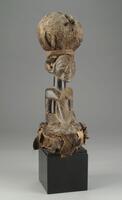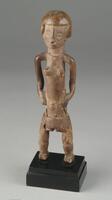29 UMMA Objects
29 UMMA Objects
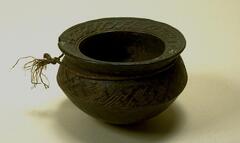
Kuba (Kuba (Democratic Republic of Congo style))
Bowl
1885 – 1895
Museum Purchase made possible by the Friends of the Museum of Art
1985/1.161

Kuba (Kuba (Democratic Republic of Congo style))
Headrest
1920 – 1930
Gift of Barry D. Maurer
1985/2.6

M'Bala (Mbala (culture or style))
Figure (Pindi)
1900 – 1950
Gift of David A. and Gayle Ackley, Baltimore, in memory of Gardiner and Bonnie Ackley, Ann Arbor
2016/2.9
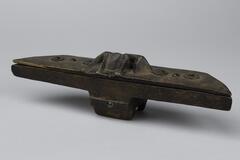
Kuba (Kuba (Democratic Republic of Congo style))
Box
1945 – 1955
Museum Purchase made possible by the Friends of the Museum of Art
1984/2.29
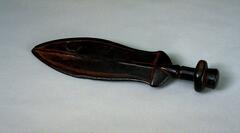
Kuba (Kuba (Democratic Republic of Congo style))
Knife
1895 – 1905
Museum Purchase made possible by the Friends of the Museum of Art
1984/2.34
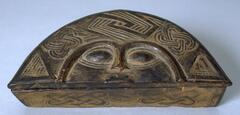
Kuba (Kuba (Democratic Republic of Congo style))
Box
1867 – 1899
Gift of Al and Margaret Coudron
1985/1.141
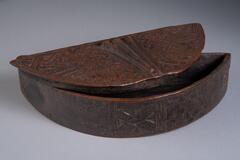
Kuba (Kuba (Democratic Republic of Congo style))
Box
20th century
Gift and partial purchase from the estate of Kurt Delbanco in honor of Nicholas Delbanco
2017/1.649A-B
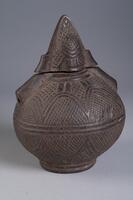
Kuba (Kuba (Democratic Republic of Congo style))
Powder Flask
20th century
Gift and partial purchase from the estate of Kurt Delbanco in honor of Nicholas Delbanco
2017/1.650A-B
Loading…
